How To Grow Fire Light Hydrangea For A Beautiful Blaze Of Color From Summer Into Fall
The gorgeous 'Fire Light' panicle hydrangea will add bold color to your garden from late summer and into autumn. Learn how to grow this beauty in your garden.
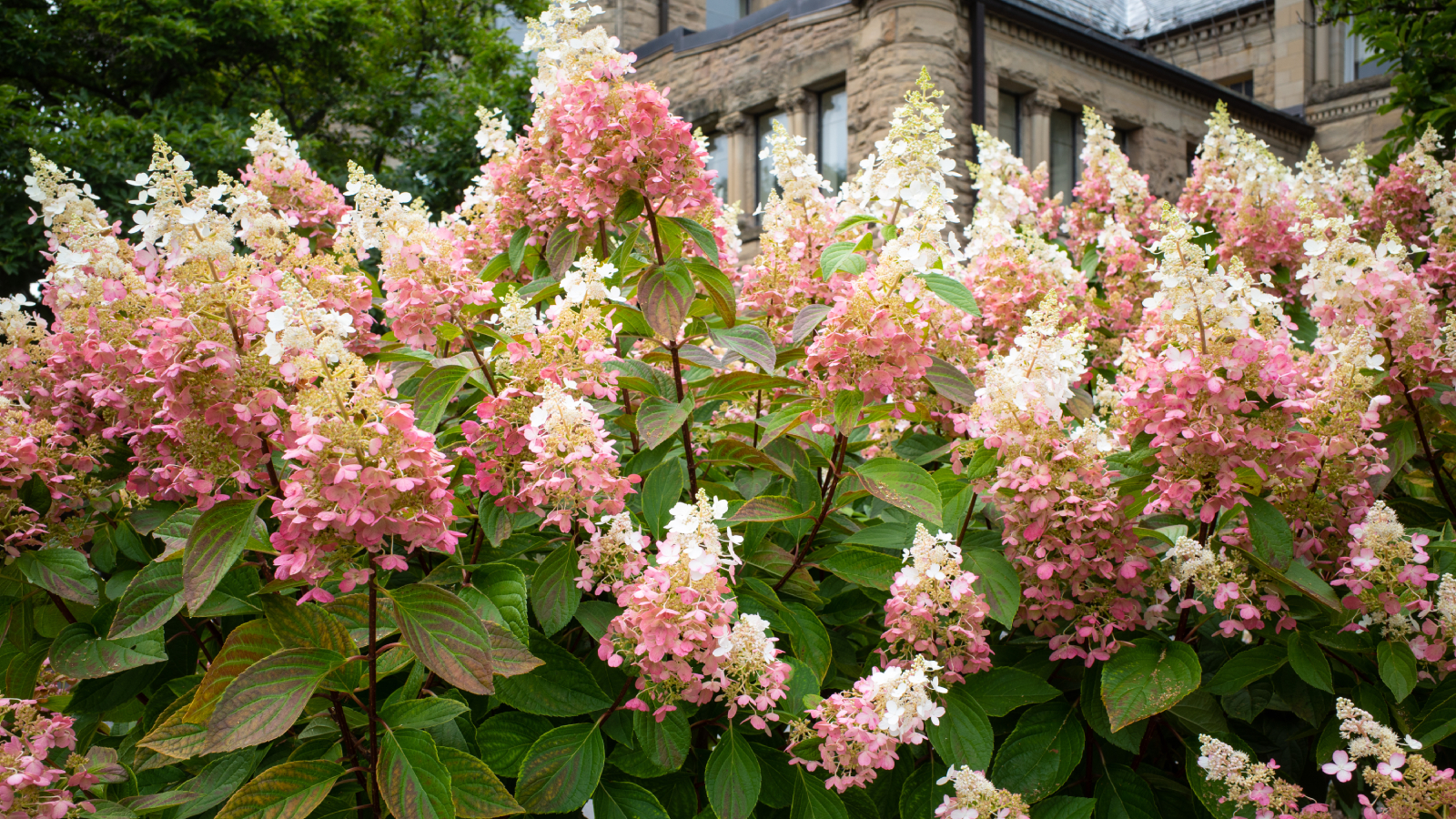

Quick Facts
Botanical name: Hydrangea paniculata ‘Fire Light’
Height: 4' - 6' (1.21-1.82 m)
Spread: 4' - 6' (1.21-1.82 m)
Sun exposure: Full or part sun
Soil requirements: Loose, well-drained soil
Hardiness zones: USDA Zones 3-9
When to plant: Spring or fall
Are you ready to light up your landscape but aren’t sure what to plant? Take a look at the panicle hydrangea ‘Fire Light’. It’s a real eyecatcher in any garden, with upright panicle flowers that grow in white and mature to a vibrant pink red.
Growing panicle hydrangeas is a surefire way to add low-maintenance, romantic blooms to any garden or yard. Fire Light is a great easy-growing shrub that is extremely cold hardy so northern gardeners can enjoy it's beauty, too.
Fire Light is sturdy with upright blooms that will shine as cut flowers or as part of a hedge. Let's explore this gorgeous type of hydrangea.
Caring for Fire Light Hydrangeas
Fire Light is a fairly large shrub, but you can opt for a dwarf version called ‘Fire Light Tidbit’, a hydrangea cultivar that stays about a yard (1m) tall. Both Fire Light and Fire Light Tidbit are available in the Gardening Know How Shop.
Light
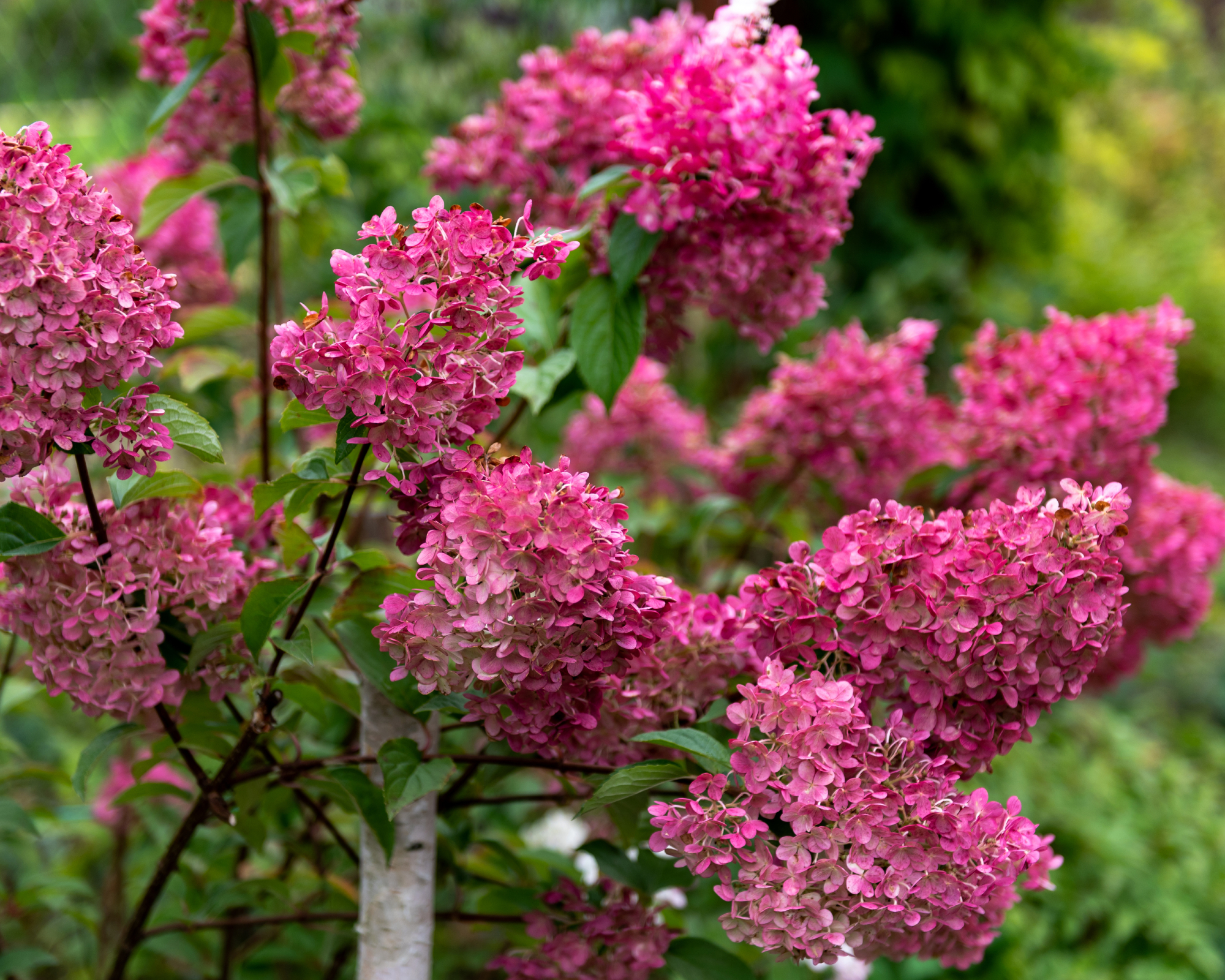
Like most panicle hydrangeas, the hydrangea cultivar Fire Light needs some sun but isn’t picky about how much. Full sun is great, partial sun is also great. Some gardeners claim to have planted Fire Light in shady locations with success, but I’ve never tried this.
Water
Again, the Fire Light hydrangea paniculata likes water but no need to go to extremes. Since the word “hydrangea” comes from the Greek words for “water vessel”, you might think a lot of water is required, but the shrub has just average water needs. Too much water for a hydrangea – including Fire Light – will lead to root rot.
Temperature & Humidity
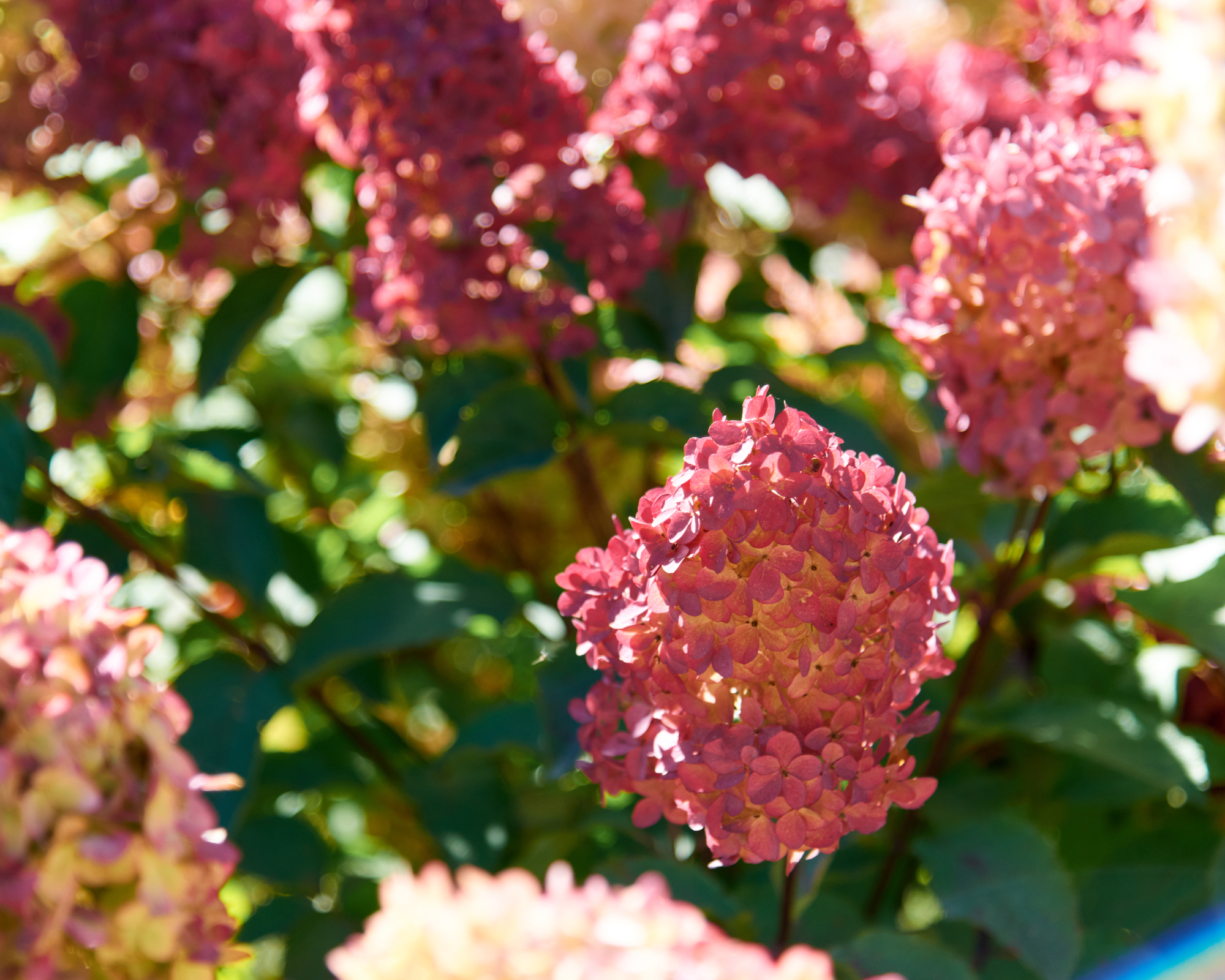
One of the many ways Fire Light stands out from the crowd is its extreme cold hardiness. This beauty is hardy all the way down to USDA zone 3. It’s less tolerant of heat though and does best in USDA zones 9 or less. Hydrangeas develop fungal issues in humid regions.
Sign up for the Gardening Know How newsletter today and receive a free copy of our e-book "How to Grow Delicious Tomatoes".
Soil
Well-drained soil is a must but, otherwise, Fire Light doesn’t make many demands. On the other hand, adding organic material to the soil will only make the plant happier.
Note that panicle hydrangea flowers do not change colors depending on the acidity of the soil. The blossoms – regardless of the type of soil the shrub grows in - are white, converting slowly to a deep, vibrant pink.
Fertilizer
One of the reasons so many of us love hydrangeas (count me in!) is their easy-care ways. I personally never fertilize any of my hydrangea shrubs, and panicle hydrangeas usually don’t need extra nutrition. If you do decide to fertilizer, just use a mulch of organic compost or one dose of balanced fertilizer in early spring.
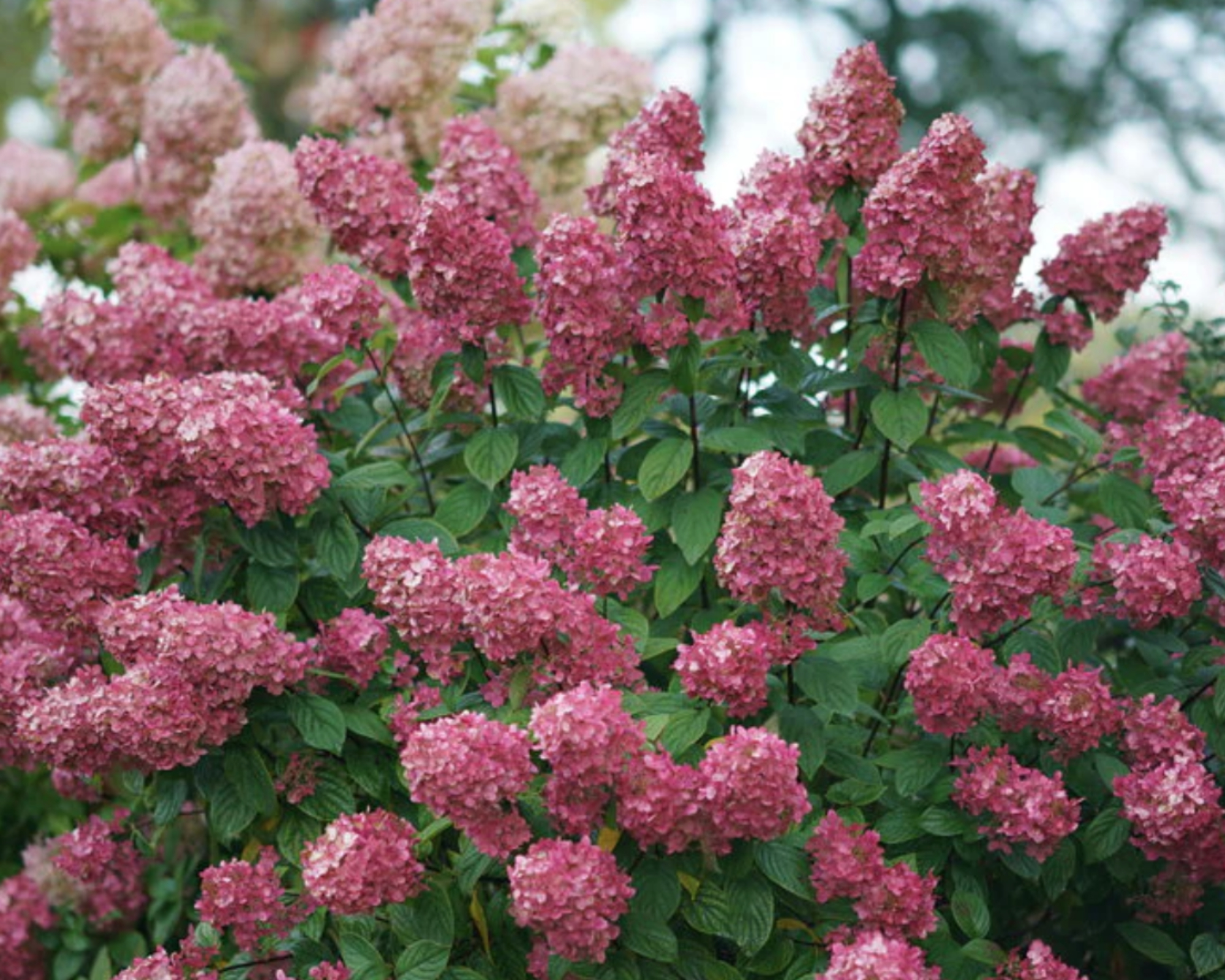
Problems, Pests & Diseases
Just like none of us can avoid sorrows in this lifetime, no landscape plant totally escapes problems, pests and diseases. This includes Fire Light. First, if you don’t meet the (very lenient) cultural care requirements of this cultivar, the shrub will have problems.
Too little water, the foliage will die and fall. Too much water, the roots can rot. Too much light can scorch leaves and reduce flower quality. Conversely, insufficient light can result in weak stems and fewer blooms. Fire Light can also attract the usual garden pests like aphids and mites.
Pruning
Fire Light panicle hydrangea is one of the hydrangeas that sets buds on new wood. When to prune? The ideal time to prune your Fire Light is late winter or early spring when it is still dormant. This can encourage better growth and flowering.
Propagation
All panicle hydrangeas are easily propagated by rooting cuttings. Take cuttings during the growing season, ideally in late spring. Remove the leaves on the lower half of the cutting, then plant it in a small pot with well-draining soil.
Keep the soil moist and the plant in a bright location in indirect sunshine. You can put the entire pot in a plastic bag to hold in humidity. Keep the soil moist and look for roots in about two months.
Frequently Asked Questions
What is the difference between Fire Light and Limelight hydrangeas?
To me, the biggest difference between these two hydrangea paniculata cultivars is the color. ‘Limelight’ hydrangea blossoms are lime-green initially, then turn cream-colored before maturing into soft pink. Fire Light hydrangeas grow in white, then mature to deep red-pink.
Do Fire Light hydrangeas bloom on old or new wood?
Fire Light blooms on new wood. Prune new wood blooming hydrangeas in late winter or early spring before new buds are set.
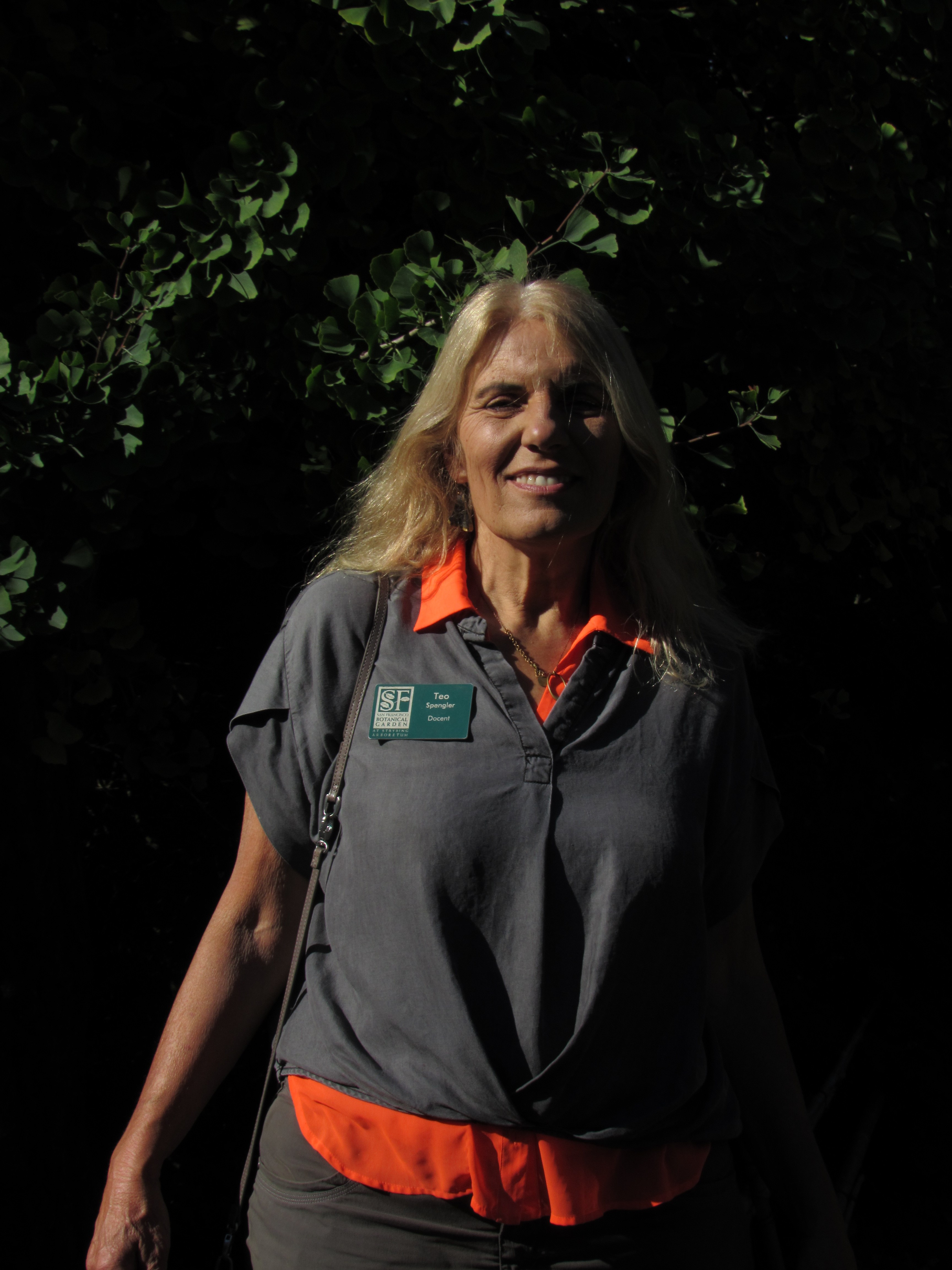
Teo Spengler is a master gardener and a docent at the San Francisco Botanical Garden, where she hosts public tours. She has studied horticulture and written about nature, trees, plants, and gardening for more than two decades. Her extended family includes some 30 houseplants and hundreds of outdoor plants, including 250 trees, which are her main passion. Spengler currently splits her life between San Francisco and the French Basque Country, though she was raised in Alaska, giving her experience of gardening in a range of climates.